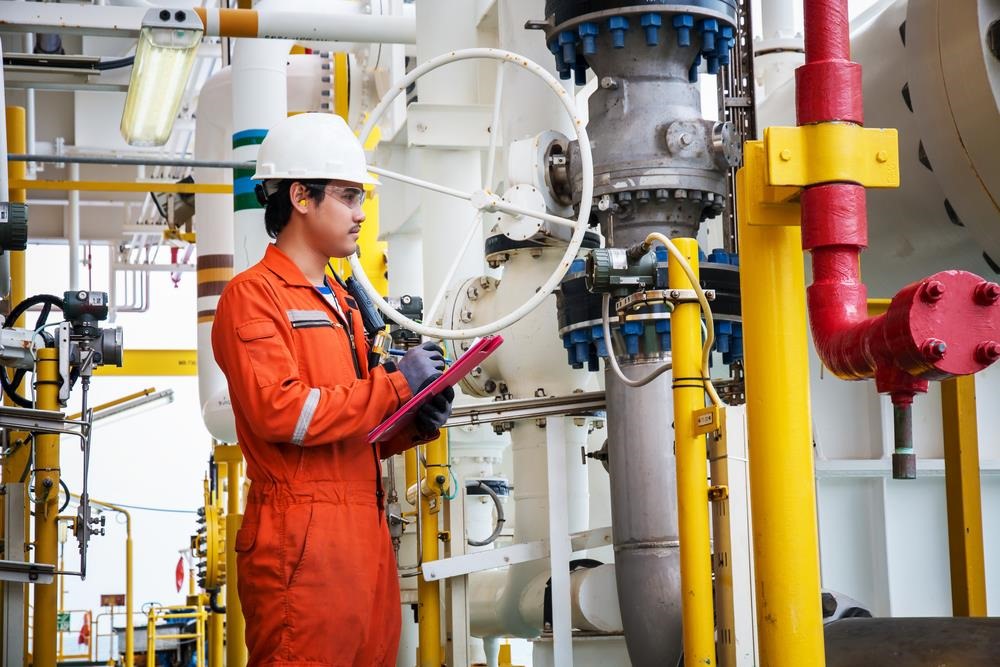When it comes to building modern infrastructure, Mechanical, Electrical, and Plumbing (MEP) systems form the backbone of any construction project. These three disciplines not only ensure that buildings are functional but also guarantee safety, efficiency, and comfort for occupants. Whether it’s a residential project, a commercial complex, or an industrial facility, MEP design and execution play a critical role in its success. At Gemcon Engineering’s construction services, MEP is integrated into every stage of development to deliver durable and high-performing structures.
What is MEP in Construction?
MEP stands for Mechanical, Electrical, and Plumbing. These three areas are interconnected and collectively responsible for the seamless functioning of a building.
- Mechanical systems handle heating, ventilation, and air conditioning (HVAC), ensuring indoor air quality and thermal comfort.
- Electrical systems include power supply, lighting, fire alarms, and telecommunications that make a building operational and safe.
- Plumbing systems provide clean water supply, drainage, and sanitation, which are crucial for health and hygiene.
Without proper MEP integration, even the most aesthetically designed building will struggle to meet modern standards. That’s why Gemcon Engineering emphasizes comprehensive MEP planning in all projects.
Importance of MEP in Construction
1. Ensuring Comfort and Usability
MEP systems transform a raw structure into a functional space. Proper HVAC ensures fresh air circulation, efficient temperature control, and occupant comfort. Electrical systems keep the space illuminated and powered, while plumbing guarantees clean water access and waste disposal.
2. Safety and Compliance
One of the most critical aspects of MEP is safety. Electrical layouts minimize the risk of fire, while plumbing prevents water contamination. Mechanical systems help maintain air quality and fire suppression systems. At Gemcon Engineering, MEP designs follow international safety codes and local compliance standards to reduce risks.
3. Energy Efficiency and Sustainability
In modern construction, energy efficiency is no longer optional. MEP systems are central to reducing energy consumption by optimizing HVAC performance, installing energy-efficient lighting, and integrating smart plumbing fixtures. With Gemcon Engineering’s construction services, clients benefit from sustainable MEP designs that lower operational costs.
4. Project Cost Management
While MEP installations represent a significant portion of construction costs, efficient design and planning can reduce long-term expenses. For example, proper ductwork planning reduces energy bills, and water-efficient fixtures lower utility costs.
Key Components of MEP
Mechanical Systems
- HVAC (Heating, Ventilation, Air Conditioning)
- Elevators and escalators
- Firefighting systems
- Exhaust and pressurization systems
Electrical Systems
- Power supply and distribution
- Lighting design
- Security systems (CCTV, access control)
- Fire alarm and communication networks
Plumbing Systems
- Water supply and distribution
- Drainage and sewage systems
- Gas piping systems
- Rainwater harvesting and recycling systems
Each of these systems is designed in harmony at Gemcon Engineering to avoid conflicts and ensure efficiency.
Role of MEP in Modern Construction Trends
Today’s buildings are smarter, greener, and more complex. MEP has evolved to meet these demands:
- Smart Buildings: Integration of IoT in MEP for automated lighting, HVAC, and security.
- Green Buildings: Use of renewable energy sources, efficient water management, and eco-friendly HVAC systems.
- Sustainable Design: Reducing carbon footprint through advanced electrical and plumbing systems.
With Gemcon Engineering’s construction services, projects are tailored to align with these modern construction trends.
Best Practices in MEP Implementation
- Early Integration in Design Phase
Involving MEP engineers during the design stage helps reduce clashes between architectural and structural elements. - Use of Building Information Modeling (BIM)
BIM ensures seamless coordination between different disciplines, reducing errors and rework. - Regular Maintenance Planning
Planning for accessibility and future maintenance avoids costly disruptions later. - Collaboration Between Teams
Architects, structural engineers, and MEP specialists must work closely together. This is a core approach at Gemcon Engineering.
Real-World Example of MEP Success
Consider a commercial high-rise project: without proper HVAC design, tenants may face poor air circulation and high energy bills. Similarly, weak electrical planning could lead to power outages. By engaging experts like Gemcon Engineering, clients ensure that MEP systems are designed and installed with precision, preventing costly failures and delays.
Conclusion
MEP systems are not just technical details—they are the backbone of functional, safe, and sustainable construction. From HVAC to electrical grids and plumbing lines, every system works together to make buildings habitable and efficient. By choosing Gemcon Engineering’s construction services, clients can be confident that their projects are backed by expert MEP integration, ensuring long-term value and performance.

